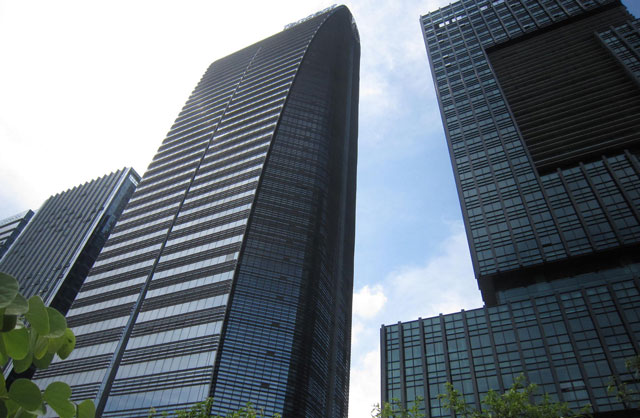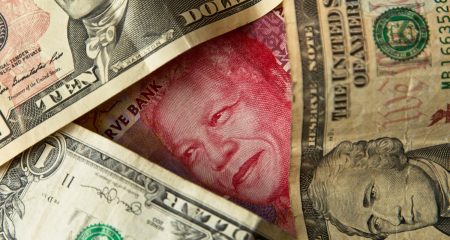
Naspers, being heavily exposed to Chinese Internet giant Tencent, has been benefiting from an aggressive rally in Chinese equities since the third quarter of 2014, according to an analyst.
Rob Price of ETM Analytics said on Tuesday that the Shanghai composite is 74% higher since November 2014 and 30% higher this year.
“There is certainly a speculative element to this Chinese equity market rally. An unprecedented number of new trading accounts have been opened in China over recent quarters and a large percentage of these accounts are using debt as a means to fund speculative long equity positions,” said Price.
“However, investors must also consider that the Shanghai Composite is still trading at least 27% below its 2007 peaks. By contrast, most global equity markets are trading notably higher than their 2001/2008 peaks.”
The JSE, for instance, is trading approximately 68% higher than its 2008 peak.
A further reallocation of Chinese investment capital back into equity markets cannot be ruled out, in Price’s view.
“Looking ahead, Naspers might continue to benefit from Chinese equity exposure, but investors should assume that the return profile on this investment might be a volatile one,” he cautioned.
The news on Tuesday that the Tencent chairman Ma Huateng has cut his stake in the company, confirms to Price that the Naspers return profile will be a volatile one, but doesn’t really change his view, which is based on broad macro allocations of funds and a Shanghai Composite, which has historical underperformed its peers.
The Naspers share price slumped to below R1 900 on Tuesday following its rally on Monday in which it broke the R2 000/share mark. Monday’s activity was as a result of the rallying Tencent share price in China and a weakening rand.
Brett Birkenstock, director of Overberg Asset Management, explained to Fin24 whether or not Tuesday’s decline meant it was time to sell.
“Let’s look at why Naspers has dropped today [Tuesday]. The Tencent share price dropped by 4,4% (the most in a year) compared with the Hang Seng index, which fell 0,5%,” explained Birkenstock.
This drop can be attributed to Huateng cutting his shareholding in the stock from 9,86% to 9,65%.
“Both Naspers and Tencent have had a tremendous run in recent times and some profit-taking was to be expected. Some analysts and investors question the value and growth possibility of Naspers with stock being at a price to earnings ratio of around 111 (historic),” he continued.
“The rand strengthened slightly on Tuesday and with the underlying share (Naspers) being mostly abroad, this would also contribute to a drop in share price in rand.”
Birkenstock does not view Huateng’s sale of shares as worrying.
“He still has a huge exposure to Tencent and selling after a big jump in the share price can be expected. By buying Naspers, an investor is effectively buying Tencent and getting all other operations at no extra cost,” said Birkenstock.
“Lastly, the share still has tremendous growth opportunities and most analysts and brokers still have the share at either a hold or a buy.”
He pointed out that only time would tell if now was a good time to buy Naspers shares, but that on a conservative basis, the general response was to maintain a hold recommendation.
He emphasised, however, that his opinion does not constitute financial advice and is not a recommendation. “Investors must always seek the advice of professionals and trade with caution,” he said. — Fin24




